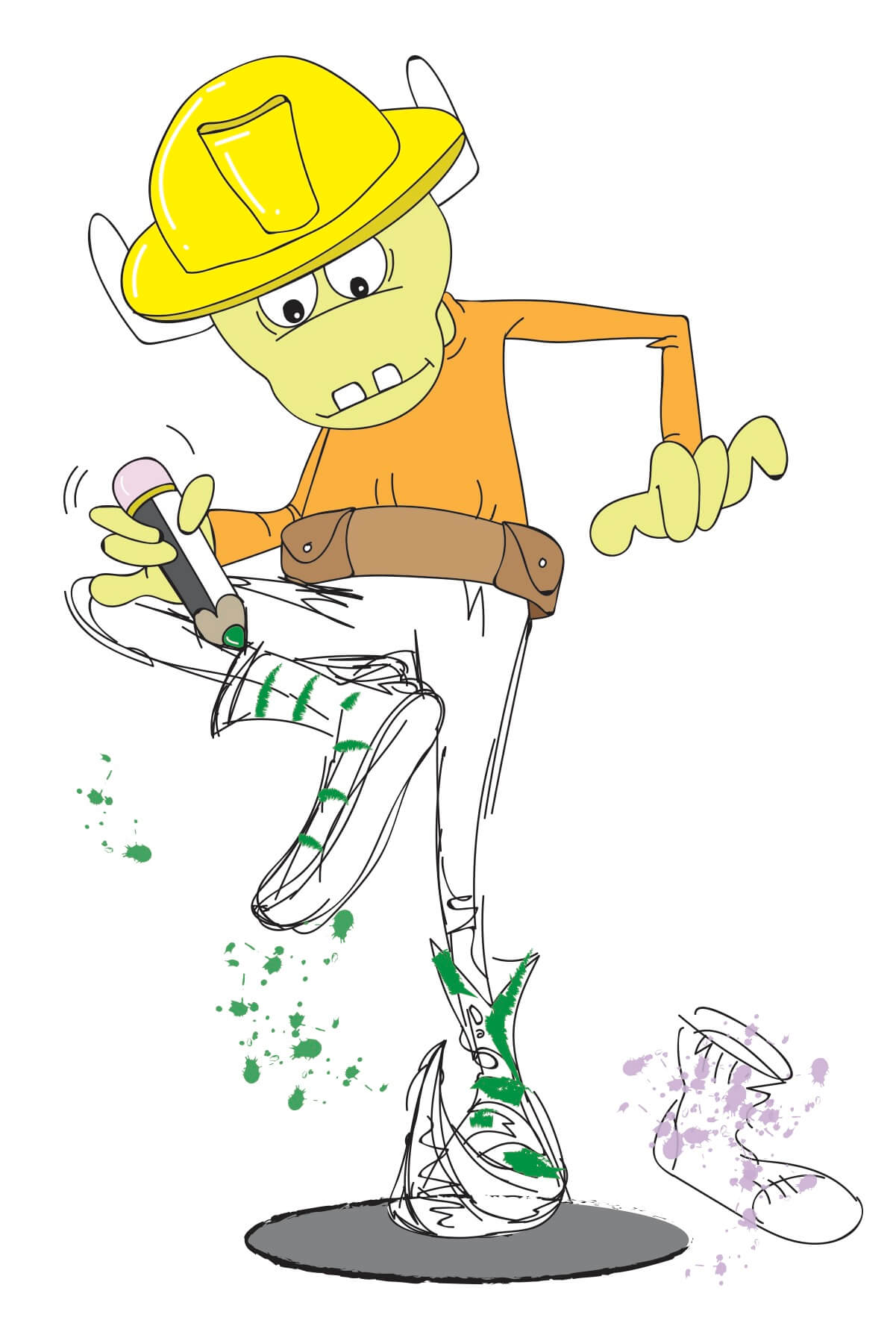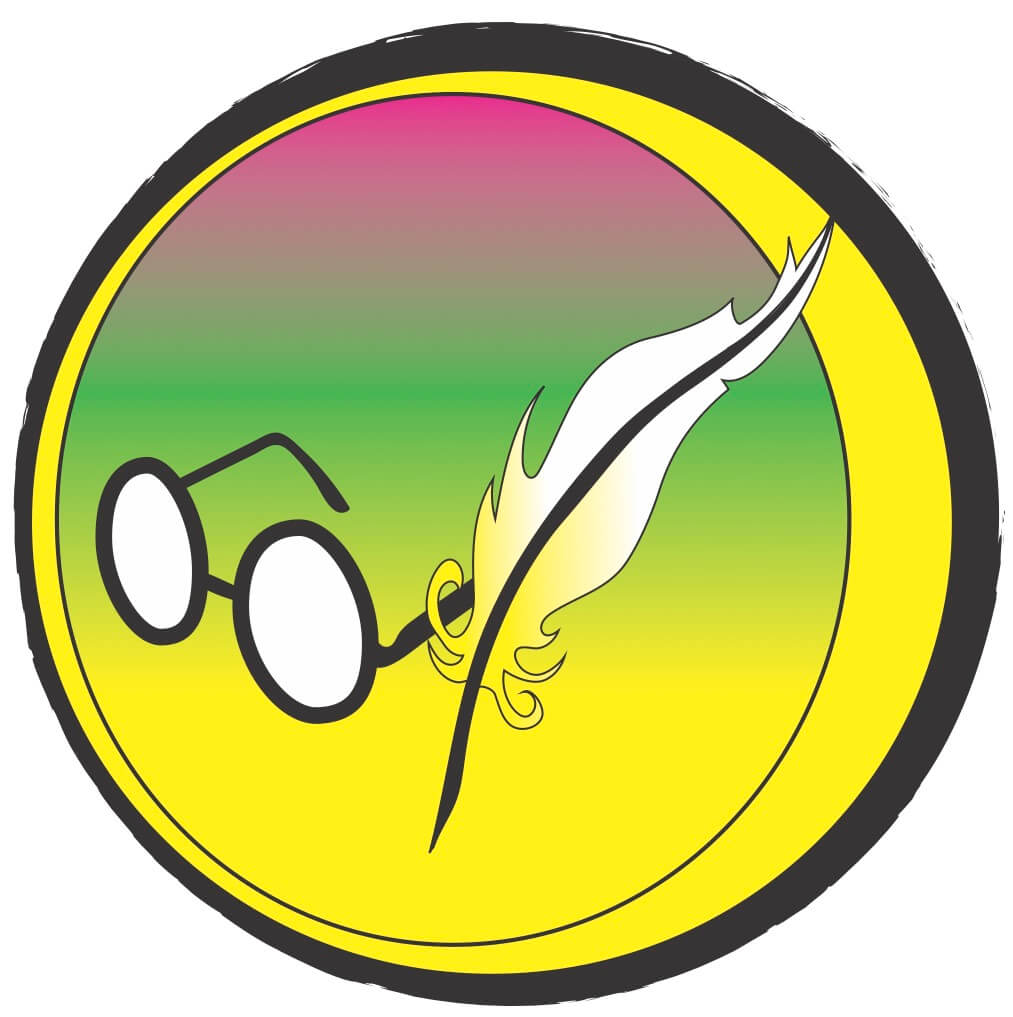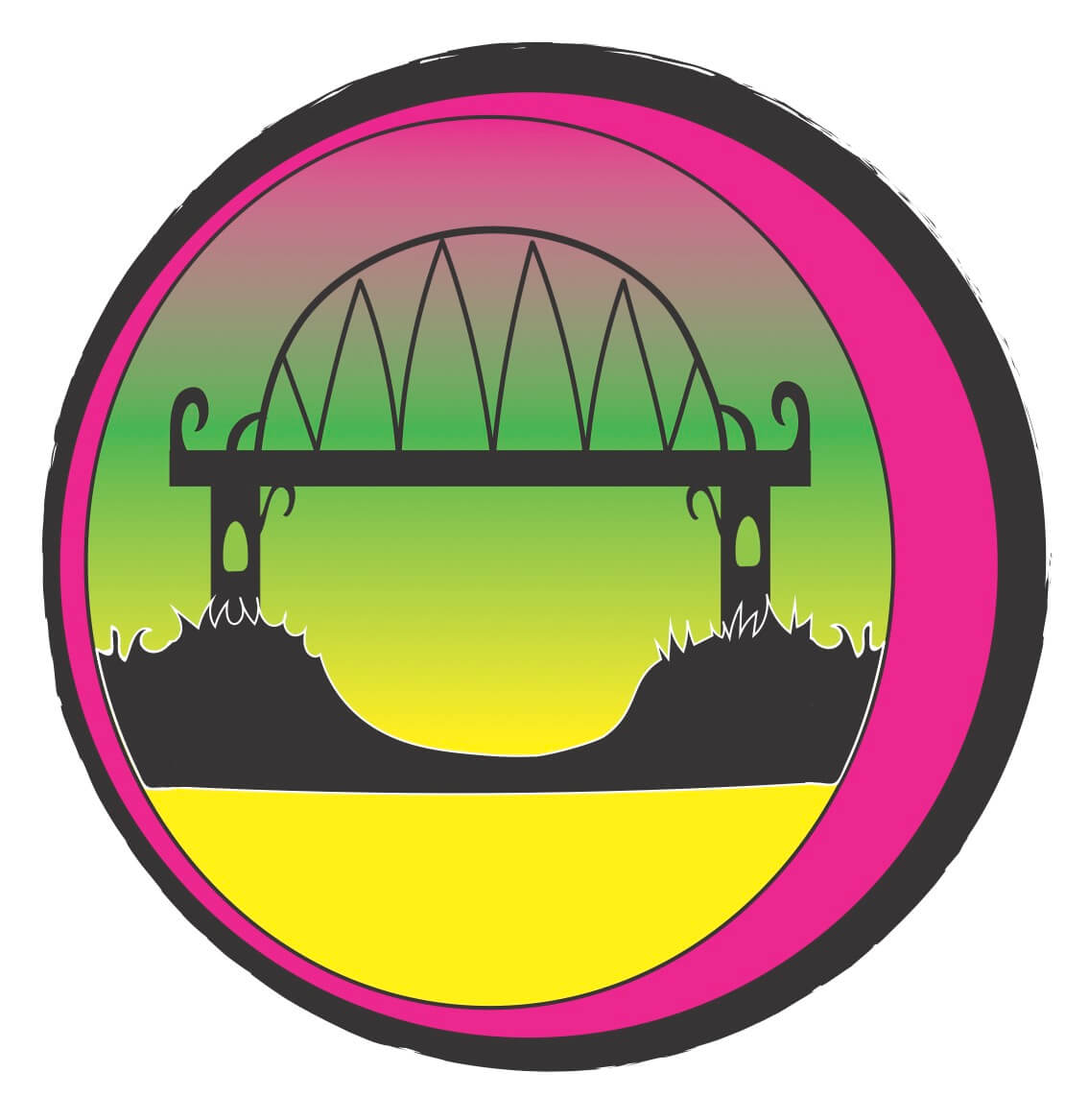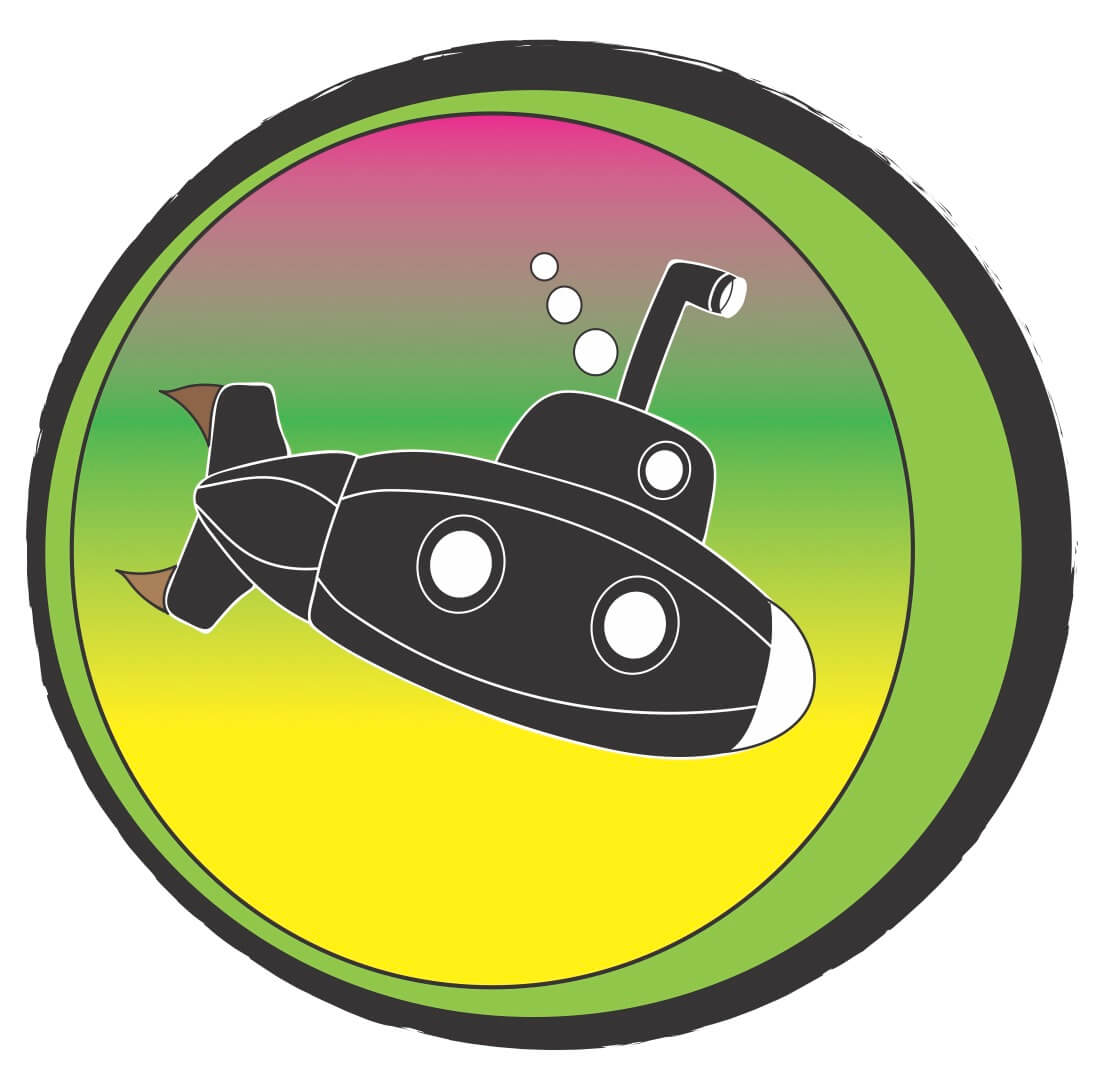CONSTRUCTIVIST TEACHING AND LEARNING
Part two of the Constructivist teaching blog series
Teaching and learning, particularly that embedded in an institutional setting, has a long history of change. These changes influenced what was taught, what was considered real knowledge, to whom learning was made available and what methods of teaching were preferred. Teachers have found themselves constantly re-positioned through these changes as experts, best friends, mentors and now as IT brokers.
The period that laid the foundations for what we know currently as inquiry based learning is embedded in constructivist theory.
I am guessing any teacher flicking through this blog is, by now, going “Yes, yes, we know all this – just get to the dot points. Tell me something I don’t know.” Bear with ……… just for a little longer.
Somewhere in the middle of all this learning and teaching continuum sits the work built on the ideas of Bruner and Vygotsky. They wanted people to engage with the idea that learning was about cognitive growth, where learners could develop meaning if well constructed frameworks/scaffolding was offered, where learners would be active agents in the learning process, which would take place in social spaces and build on a student’s prior knowledges. Language had a primary role in this construction of meaning and also as a medium of social exchange. Whew! There, it is said, in a somewhat truncated and garbled way, but said nonetheless. Here we go for Week 2 of constructivist teaching and learning.
Enjoy.

BIG PICTURE OVERVIEW CONSTRUCTIVIST TEACHING
TRADITIONAL APPROACH
Learning is heavily teacher directed; Students are present to absorb or recall teacher shared information and facts
CONSTRUCTIVIST APPROACH
Learning is active, collaborative and involves change in strategies, place and routines; The teacher is positioned as a co-researcher with the students in the learning process- which is guided by curriculum outcomes
EXPERIENTIAL APPROACH
Learning is active and free-ranging; Students decide and determine what they want to do based on current interests
Constructivist learning is all about
- Learners having the chance to activate their prior knowledge and use this as a bridge to building new ideas
- Providing learners with the chance to own and understand the what, why and how of learning
- Understanding the who of learning.
Let’s put it into a context such as investigating spelling or word problem solving skills. If you looked inside three classrooms across the teaching continuum and all the students were focused on learning how to read and write, with a particular focus on spelling, here is what you might see

D – Describe details
Looking at classrooms, teaching and learning at the D layer means looking at what could be seen if you glimpsed into a classroom. Then describing the details of what you see or what might be being experienced. It is the top layer of information.
TRADITIONAL
Describe what you see?
Students would be learning lists of words generated by a teacher and connected to a central pattern or sound.
Students would be rote learning the words ready for a test. They might have the chance to use words in sentences and look them up in dictionaries.
The words would be part of a longer list of ‘must get through’ words, over the course of a school year
CONSTRUCTIVIST
Describe what you see?
Students would be exploring patterns, features and sound-letter connections as well as word histories. Comprehending the word would be as important as being able to break the words code.
The tasks would involve the deconstruction of words to identify patterns, webbing of ideas and searches to find new words in collaborative settings.
Conceptual understandings about word construction and history would be guiding word choice and where possible it would be linked to relevant inquiry topic vocabulary
EXPERIENTIAL OR ALTERNATIVE
Describe what you see?
Students would identify words they needed to spell in different contexts and in those immediate moments there would be an opportunity to explore how to problem solve the spelling or comprehension of a words.
Tasks would be in the moment teaching opportunities
Understandings and attitudes about being a communicator would be explored in contexts that are student driven

I – It connects to… Inferences
Looking at classrooms, teaching and learning at the I layer means thinking about what the choices made by the teacher are connected to or what inferences could be drawn from what is seen happening in the classroom. It is the middle less obvious, more implied layer of information
TRADITIONAL
It connects to… Inferences…
Spelling is connected to reproducing a list of words as evidence that a given sound-letter/pattern connection is known and can be recalled, through deductive teaching
Curriculum is skill driven and learning is measured against the ability to recall out of context. Spelling is linked to outcomes. Curriculum is linear and hierarchical, building skills and knowledge.
Spelling is seen as an isolated skill and is taught separately from other literacy areas or as part of an editing strategy.
There may be some connection between spelling and vocabulary development, but is not linked to inquiry
It is skill and level based
CONSTRUCTIVIST
It connects to… Inferences…
Words, vocabulary and problem solving strategies would be connected to the bigger literacy picture of being an effective communicator, through inductive teaching.
Curriculum identifies key understandings, skills and knowledges to be addressed, words (vocabulary) and spelling patterns, comprehension and problem strategies etc. are explored in context of a bigger inquiry. Ideas, skills and understandings are developed in a spiral curriculum, carefully building a scaffolding of ideas and understandings
Learning to spell is connected to expanding vocabulary, understanding patterns and making informed problem solving choices when using words in relevant reading, writing and other communication processes and contexts.
EXPERIENTIAL OR ALTERNATIVE
It connects to… Inferences…
Context and agency are driven by the student and learning is scaffolded by a teacher.
Curriculum is developed backwards due to incidents or events that were student initiated.
Learning is timely and relevant, but may be disconnected from a bigger picture and developing bridging patterns and understandings.
Learning to be a communicator is related to time and place and immediate need.

G – Go Deeper
Looking at classrooms, teaching and learning at the G layer means reflecting on the how the educational philosophies helps by teachers and schools will play themselves out in the learners and teachers lives. It is the deepest layer of beliefs that underpin all the other layers.
TRADITIONAL
Go deeper. What does this mean for the student?
Students see spelling as the ability to recall words or remember patterns. It is not about problem solving or part of a bigger understanding of being a communicator.
The teacher/school holds the power in determining the importance of what sounds, patterns or spelling features get taught.
CONSTRUCTIVIST
Go deeper. What does this mean for the student?
Students understand that words have power and are influenced in their construction and use by history, patterns and context.
Students are developing agency in being invited to use their understandings about words in new contexts.
Then student develops an understanding of how words work and how words are constructed as well as developing the ability to think about a topic or concept because they are developing the related vocabulary.
All languages would be valued and if an opportunity at the school existed, problem solving in other languages could also be explored.
EXPERIENTIAL OR ALTERNATIVE
Go deeper. What does this mean for the student?
Students understand that there are problem solving strategies that can be used for different purposes at different times.
There is considerable student agency, little cohesiveness across the programme.
Students develop understandings and skills and attitudes.
SPELLING and WORD PROBLEM SOLVING
Spelling is connected to the bigger ideas of being able to take action with ideas using understandings of patterns, history and problem solving strategies. Word problem solving is taught in the context of a bigger inquiry and is differentiated to address different attitudes, understandings, skills and knowledge.
TRY THIS
- Think about the spelling patterns and skills you need to teach this week. Think about what you really want the students to know and understand as a result of learning this pattern, sound-letter connections, etc.
- Think of a guiding question that would get students interested in finding out why this pattern or connection exists. Share the question with the students and let them form predictions and hypothesis. Use this prior knowledge that the students share as a jumping off point for developing engagements to further their understanding.
